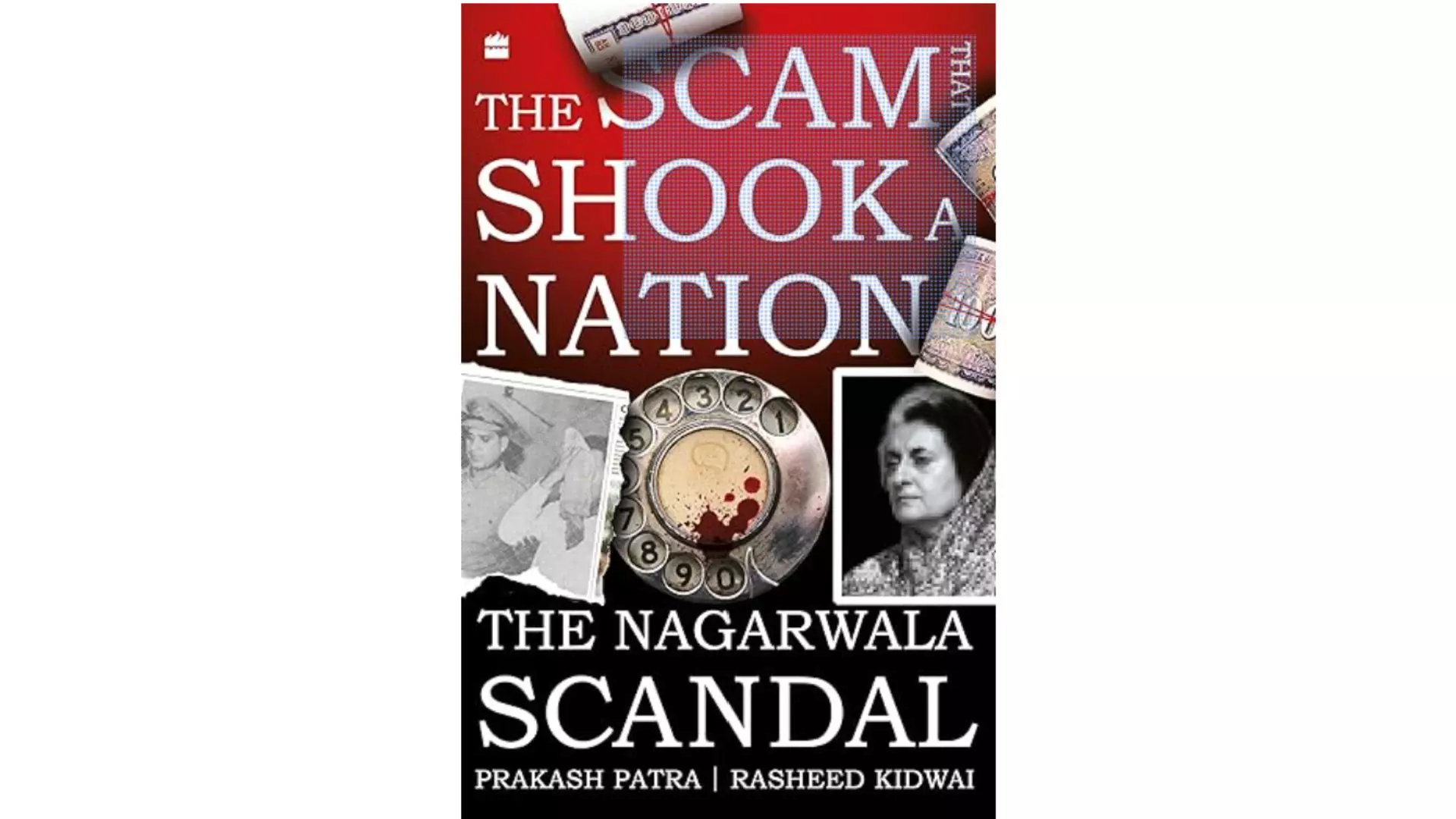The 1971 Rs 60L SBI heist: Did the bank keep Indira’s unaccounted for money?

More than a half a century later, the Nagarwala case – the scam that shook the nation – remains as enigmatic as ever and not only because of the then-mind-boggling sum of Rs 60 lakh that was withdrawn from a public sector bank on a mere verbal command over telephone, purportedly from the highest echelons of the government in the power at the Centre. In 1971, Rs 60 lakh was no joke – the amount would have been Rs 170.62 crore in 2024 (as per https://scripbox.com/plan/
It was on May 24, 1971, that V.P. Malhotra, chief cashier of State Bank of India, Parliament Street branch, received a purported call from Indira Gandhi and P.N. Haksar, secretary to PM to deliver Rs 60 lakh for a secret mission in East Pakistan.
“I am the PM of India Indira Gandhi speaking. As my secretary has just now informed you Rs 60 lakh is urgently required in Bangladesh for an important secret work. Get it ready quickly. I am sending my courier. At the place indicated by Haksar, had over the money to him,”
“How will I be able to identify the person?” Malhotra asked.
“The person will talk to you in code words and will say, “I am Bangladesh ka babu,” “You reply, “I am Bar-at-law.” By this you will be assured that he is my courier. Thereafter, you proceed as he says. After delivering the money, come straight to my house and you will get a receipt.” Then the line went dead.
When the cashier approached the PMO for a receipt, he was told that neither Haksar nor the PM had given any such instructions or sent anyone. Malhotra had been duped.
Within a few hours, Delhi police managed to recover most of the cash and arrest the man responsible for the heist, a former army captain Rustom Sohrab Nagarwala.
The authors in the chapter “The political landscape 1966-1971” say that the scam broke out at a time when a war with Pakistan appeared imminent. In the economic sphere, Indira Gandhi had already antagonised powerful business groups with her mover to nationalize fourteen leading banks.”
“Did the Nagarwala episode embarrass her? “Certainly not, since I had nothing to do with it. I did not know any of the persons concerned,” Indira answered before the Pingle Jaganmohan Reddy Commission which was set up by the Janata Party to probe the Nagarwala case.
The book revisits the ‘rash of theories’ to quote the authors, that the case raises: Whose voice was it? Did SBI keep Indira Gandhi’s unaccounted for money? Or the money was meant for her younger son Sanjay Gandhi for his dream Maruti project? Or the money was meant for Bangladeshi freedom fighters but could not be sent because of a last-minute goof-up? Or Nagarwala was forced to make the confession to save Indira Gandhi from embarrassment and was promised that he would be let off quietly? Was Nagarwala’s death natural? Was Nagarwala packed off to Italy, with the story of his death due to myocardial infarction being just a red herring because he knew too much? Was it all a judicial botch-up? Was the key investigator Kashyap’s death an accident?
The authors through the 23 chapters made a conscious effort to be politically neutral. The book is based on extensive research, police records, press reports, interviews, 820-page report of the Justice Jaganmohan Reddy Commission and the report set up in 1978 and files from the National Archives.
Dividing the narrative into different chapters, Patra and Kidwai tried to present the facts as they occurred and let the discerning reader decide whether they have succeeded in their attempt to reconstruct what happened so many decades ago.
Decades after the Nagarwala scam, the authors revisited the case to bring out a gripping book which is as much an insightful investigation as it is a whodunit.
The authors through their researched work tried to present the important insights and gave the readers to form their own opinion.
Most of the questions remain unanswered, which include a flawed police probe, judicial mishandling, the mysterious deaths of key persons and the perplexing silence of Indira Gandhi which spawned numerous conspiracy theories.
In Justice Reddy’s view, there wasn’t enough evidence to conclude that the money taken out of the bank belonged to the then prime minister. The commission was also of the view that Nagarwala could not mimic anyone.
The commission in the report pointed out that a proper investigation would have thrown light on the question whether the money belonged to the bank or it was kept in the bank’s custody by someone.
Quoting the authors in the chapter “Justice Reddy’s conclusions”, the duo said, “The commission came down hard on law enforcement agencies and also the judiciary in the way they handled the probe and the trial. According to Justice Reddy, the police investigation was confined to the recovery of money and what followed was manipulation of facts because the police felt that Indira Gandhi was somehow involved in the whole affair.”
The case was officially closed on January 15, 1981.
Book: The Nagarwala scandal – The scam shook that shook the nation’
Authors: Prakash Patra and Rasheed Kidwai
Publisher: Harper Collins
Pages: 264
Price: Rs 399

